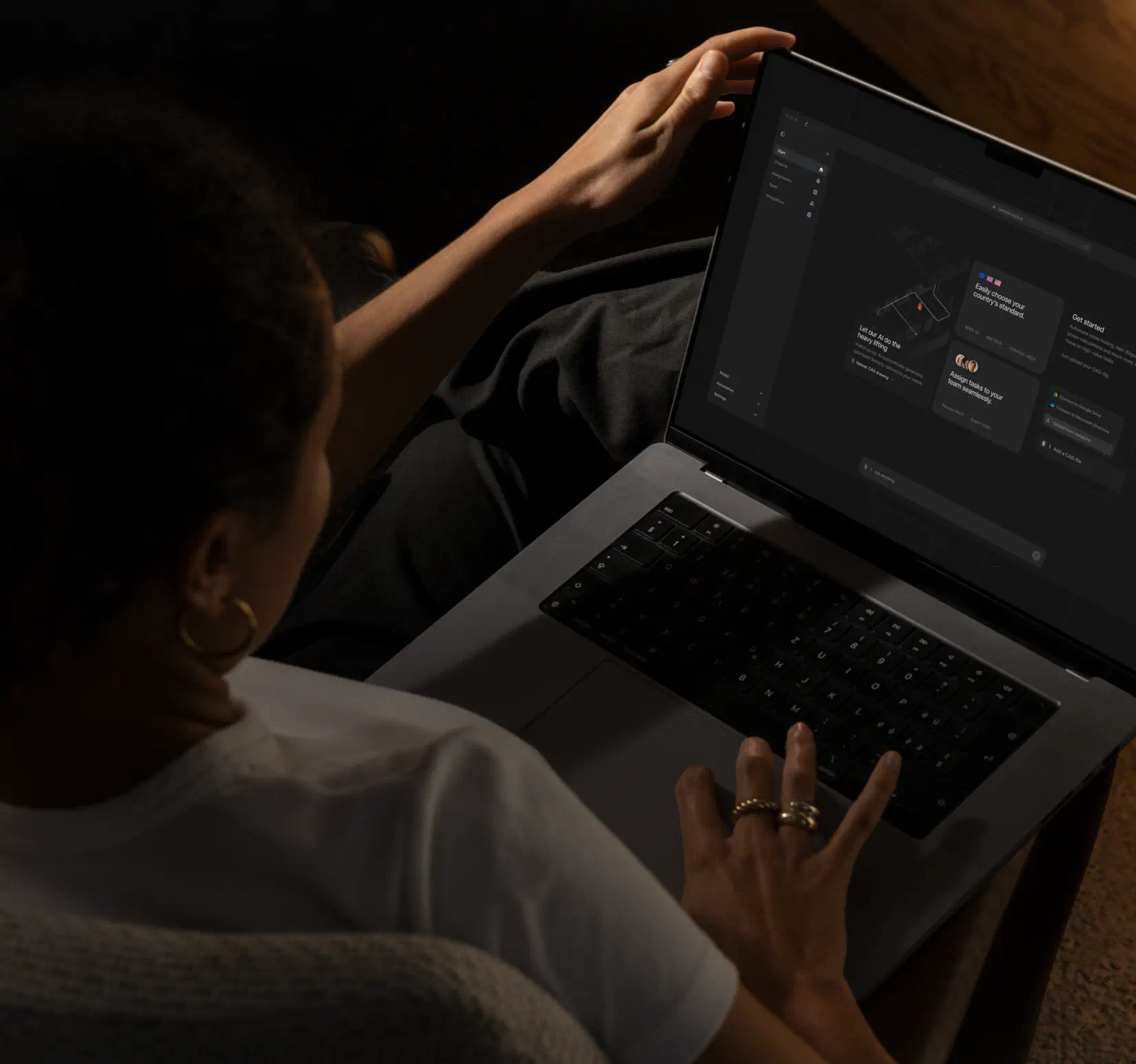🔊 Understanding Fire Alarm Sound Requirements
Fire alarm system design requires careful consideration of sound levels to ensure optimal safety and compliance. The minimum volume requirement for fire alarm sounders is 65 dB, and they must exceed the background noise by at least 10 dB at every point in the room when measured at 4.9 feet (1.5 meters) above floor level.
🏢 🏢 Key Design Considerations (Per NFPA 72 and EN 54-3):
- Ambient noise levels vary by room type and usage (NFPA 72 Chapter 18)
Why: Different environments have different background noise levels that can mask alarm sounds
Impact if ignored: Occupants may not hear the alarm in noisy areas, leading to delayed evacuation - Sound propagation follows spherical patterns in enclosed spaces (EN 54-3:2001+A2:2006)
Why: Sound waves spread out and lose intensity with distance
Impact if ignored: Some areas may have insufficient alarm volume, creating dangerous blind spots - Maximum permitted sound level: 118 dB (NFPA 72 Section 18.4.1.2)
Why: Protects occupants from hearing damage while ensuring alarms remain effective
Impact if ignored: Risk of immediate hearing damage and potential legal liability - Sequential alarm notification requirements (7.5 seconds minimum sound duration per EN 54-3:2001+A2:2006 and NFPA 72 Section 18.4.2.1)
Why: Ensures sufficient time for sound pattern recognition and proper evacuation response
Impact if ignored: People may not recognize the alarm pattern or respond appropriately in emergencies
Sound propagation in an enclosed room is spherical in form
🤖 Optimizing Design with Advanced AI Technology
Designing fire alarm systems has never been easier with Endra's groundbreaking AI vertical agent. Our innovative solution automatically:
- Calculates optimal sounder placement
- Determines the most cost-effective design solutions
- Generates comprehensive documentation including:
- Riser diagrams
- Shop drawings
- Sound level calculations
📏 📊 Performance Requirements & Standards
💡 Best Practices
- Install acoustic danger sounders in all public areas and workplaces
- Ensure compliance with your regulations (such as EN 54-3 or NFPA 72) standards
- Implement proper monitoring of sounder circuits
- Consider room acoustics and potential sound barriers
⚠️ DISCLAIMER: While this guide provides general information about fire alarm sounder design, it's crucial to always consult and comply with your local fire codes, regulations, and standards before implementing any fire alarm system design. Requirements may vary by jurisdiction and building type.
I see you want to add the occupancy-specific information to the article. While I can suggest content, I cannot directly add it to the page. You could insert this new section after the "Performance Requirements & Standards" section (before "Best Practices"), maintaining the same formatting style used throughout the article.
The new section would complement the existing content about sound levelsand design considerations, while expanding on the occupancy-specific requirements I provided in my previous response.


